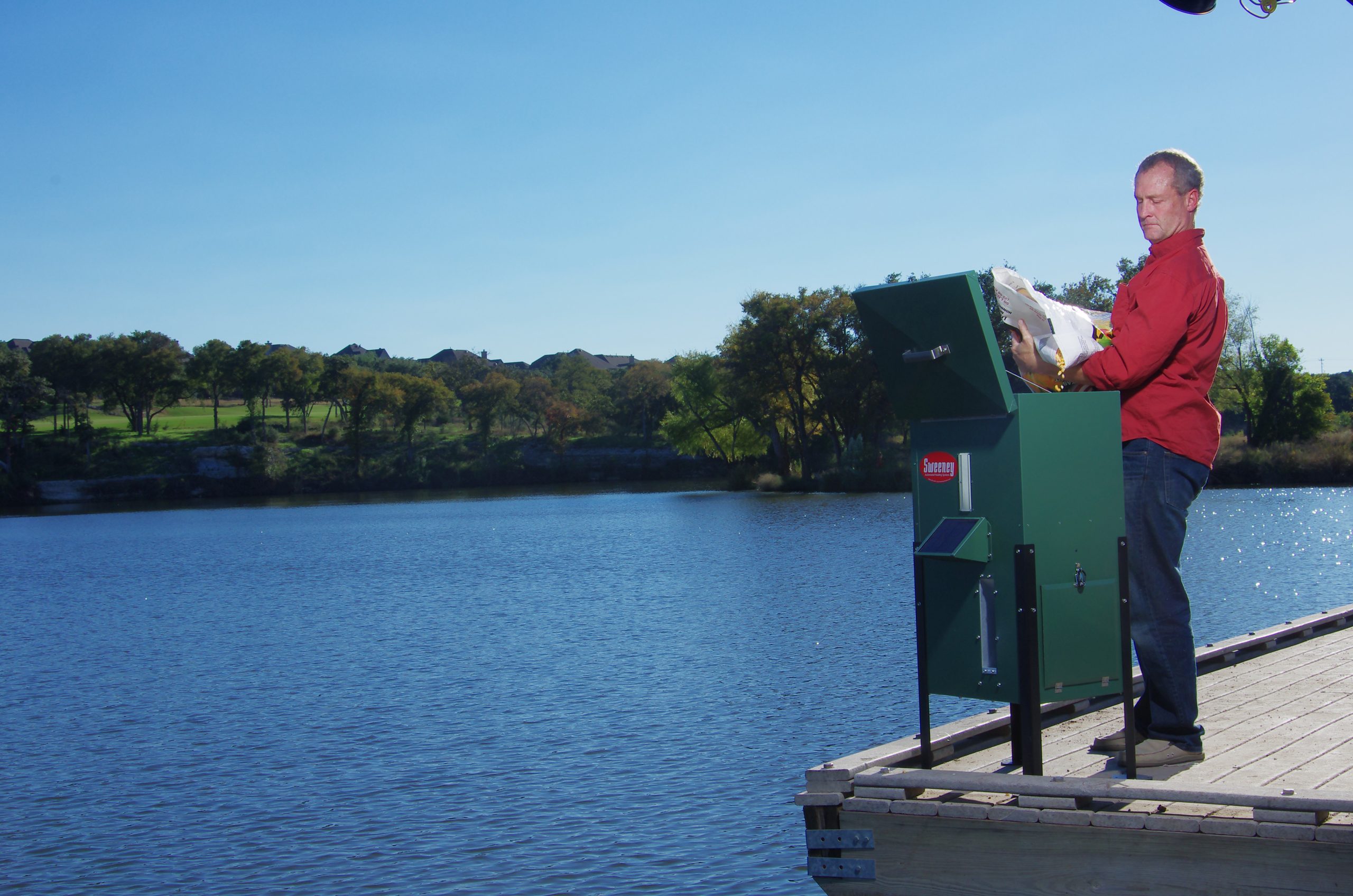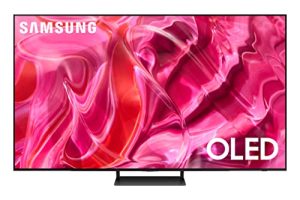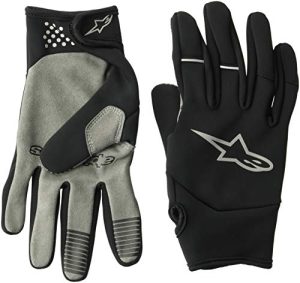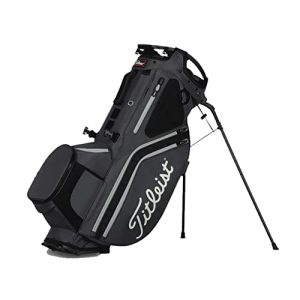Contents
Are you a new fish owner looking for guidance on feeding your aquatic friends? Look no further than “The Sweeney’s Guide to Fish Feeding.” In this comprehensive guide, you will find expert advice and practical tips on the dos and don’ts of feeding fish. From understanding their nutritional needs to choosing the right food and establishing a feeding schedule, this guide has got you covered. Whether you have freshwater or saltwater fish, this article is your go-to resource for ensuring your finned companions thrive and have happy, healthy lives.
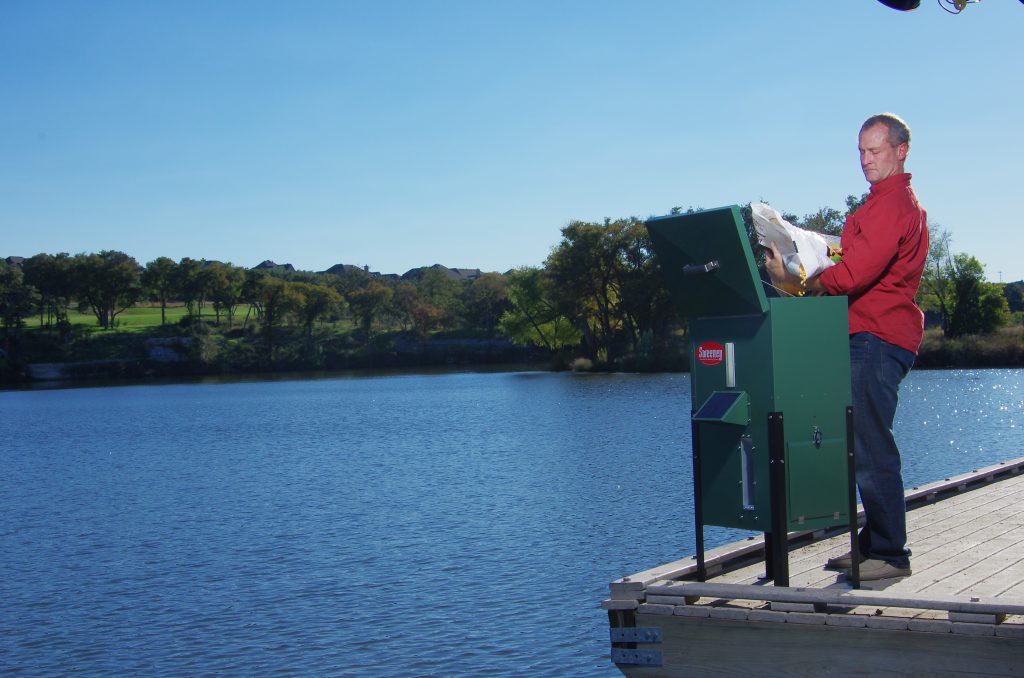
Feeding Frequency
Determining the Right Feeding Schedule
When it comes to feeding your fish, finding the right feeding schedule is crucial for their overall health and well-being. Each species has different requirements, so it’s important to do some research and understand the specific needs of your fish. Factors such as age, size, and activity level also play a role in determining the feeding frequency. It’s best to start with a general feeding schedule and then adjust it as needed based on the behavior and condition of your fish.
Feeding Frequency for Tropical Fish
Tropical fish, known for their vibrant colors and diverse species, require regular feeding to maintain their energy levels and vibrant appearance. In general, tropical fish should be fed small amounts two to three times a day. This frequent feeding helps replicate their natural feeding habits in the wild and ensures they receive a steady supply of nutrients. Make sure to vary their diet with a mix of flake or pellet foods, live or frozen options, and even some homemade treats.
Feeding Frequency for Coldwater Fish
Coldwater fish, such as goldfish or koi, have slightly different feeding requirements compared to tropical fish. Due to their slower metabolism, coldwater fish can be fed once or twice a day, in amounts that they can consume within a few minutes. Overfeeding coldwater fish can lead to health issues, so it’s important to monitor their intake and adjust the feeding frequency accordingly. Additionally, always provide a well-balanced diet that includes a mix of flakes, pellets, and fresh vegetables.
Food Types
Flakes and Pellets
Flakes and pellets are the most common types of fish food available and are suitable for a wide range of fish species. They are convenient to use and provide a well-balanced diet with essential nutrients. Flakes are lightweight and float on the water’s surface, making them ideal for surface feeders, while pellets sink slowly, making them suitable for bottom-dwelling fish. It’s crucial to choose high-quality flakes and pellets that are specifically formulated for your fish species to ensure their nutritional needs are met.
Live Foods
Live foods, such as brine shrimp or daphnia, can be a nutritious and exciting addition to your fish’s diet. They provide essential proteins and stimulate natural predatory behaviors. Live foods are particularly beneficial for carnivorous species or fish recovering from illness or stress. However, they can carry diseases or parasites, so it’s important to either raise live foods yourself or purchase them from reputable sources to avoid introducing any harmful organisms into your aquarium.
Frozen Foods
Frozen foods, including bloodworms, mysis shrimp, or krill, provide a convenient alternative to live foods. They offer similar nutritional benefits and are free from potential parasites or diseases. Frozen foods are typically easy to store and can be thawed before feeding your fish. It’s recommended to use frozen foods as a supplement to your fish’s diet rather than the sole source of nutrition, as they may lack certain essential nutrients found in other food types.
Freeze-Dried Foods
Freeze-dried foods, such as brine shrimp or tubifex worms, are a popular choice among fish owners. They offer the convenience of long shelf life and are often more affordable than live or frozen alternatives. However, freeze-dried foods can have a lower nutritional value due to the drying process. To ensure your fish receive the necessary nutrients, it’s best to rehydrate freeze-dried foods before feeding them. Soak them in water or use a liquid fish vitamin supplement to enhance their nutritional content.
Homemade Fish Food
If you’re feeling adventurous, you can try making your own fish food using fresh ingredients. Homemade fish food allows you to have better control over the ingredients and ensure your fish receive a nutritious and varied diet. Some common ingredients for homemade fish food include vegetables, such as peas or spinach, and proteins like fish or shrimp. However, it’s important to research the specific nutritional requirements of your fish species and consult with experts to create a well-balanced and safe homemade fish food recipe.
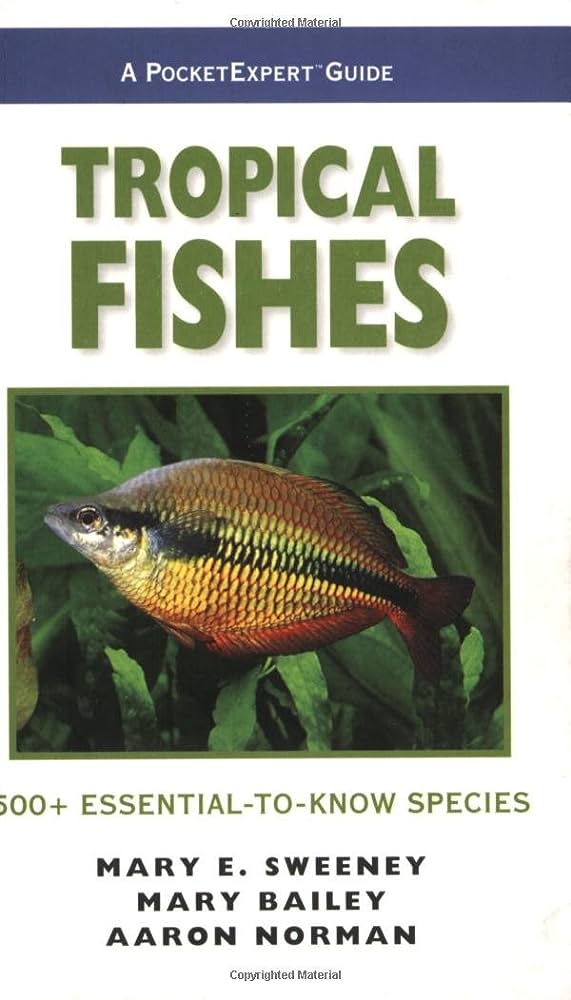
Proper Feeding Technique
Avoid Overfeeding
One of the most common mistakes fish owners make is overfeeding their fish. Overfeeding can result in poor water quality and health issues for your fish. Always remember that fish have tiny stomachs and it’s better to slightly underfeed them than to overfeed. A good rule of thumb is to provide an amount that your fish can consume within a few minutes. If there is excess food left in the tank after feeding, you should decrease the portion size in the future.
Feeding Amount
Determining the right feeding amount depends on various factors, including the size and age of your fish, as well as their individual needs. As a general guideline, feed your fish an amount that they can consume within two to five minutes. Adjust the feeding amount accordingly if you notice any signs of overeating or wasting food. It’s better to feed smaller portions more frequently than to provide a large amount all at once.
Feeding Time
Establishing a consistent feeding time can help regulate your fish’s digestion and minimize stress. Choose a time of day that works best for you and try to stick to it. Avoid feeding your fish right before turning off the lights at night, as they may not have enough time to digest the food properly. Observe your fish’s behavior during feeding time to ensure that they are active and eager to eat. If they appear disinterested or refuse to eat, it may be a sign of underlying health issues.
Ensuring All Fish Get Enough Food
In a community tank with multiple fish species, it’s essential to ensure that all fish receive enough food to meet their nutritional needs. Some fish may be more dominant or faster eaters, which can result in others being left hungry. One way to overcome this is to provide food in multiple locations throughout the tank, so each fish has an equal opportunity to access the food. You can also consider using specialized feeding rings or floating food blocks to help distribute the food evenly.
Understanding Nutritional Requirements
Protein
Protein is an essential nutrient for fish as it promotes growth, development, and overall health. Different species of fish have varying protein requirements, with carnivorous fish needing higher amounts compared to herbivorous or omnivorous species. High-quality fish foods should list protein sources, such as fish or shrimp, as one of the main ingredients. It’s crucial to provide a balanced diet that meets the specific protein needs of your fish to support their optimal growth and vitality.
Carbohydrates
While fish primarily obtain energy from proteins and fats, carbohydrates also play a role in their nutrition. Carbohydrates provide energy and can be found in plant-based food sources, such as vegetables or fruits. However, some fish species have limited ability to digest carbohydrates, so it’s important to choose fish foods that contain a minimal amount of carbohydrates or opt for species-specific formulas that cater to their unique dietary needs.
Fats
Fats are a concentrated source of energy for fish and are vital for maintaining healthy body functions. They help in the absorption of fat-soluble vitamins and provide insulation to protect vital organs. Fish foods should contain a sufficient amount of fats derived from marine sources, like fish oil, to meet the nutritional requirements of your fish. However, it’s important to note that excessive fat intake can lead to health issues, so moderation is key in providing a balanced diet.
Vitamins and Minerals
Just like humans, fish require a range of vitamins and minerals to support their overall health and well-being. These essential micronutrients contribute to various physiological processes, including growth, reproduction, and disease resistance. High-quality fish foods are formulated to include a wide spectrum of vitamins and minerals. However, it’s beneficial to supplement your fish’s diet occasionally with fresh vegetables or specialized vitamin-rich fish foods to ensure they receive an adequate supply of these essential nutrients.

Feeding Strategies for Different Fish Species
Cichlids
Cichlids are a diverse group of fish with varying dietary needs. Depending on their species and natural habitat, cichlids can be herbivorous, omnivorous, or even carnivorous. It’s important to research the specific dietary requirements of your cichlid species to provide them with a suitable diet. Generally, cichlids can be fed a mix of high-quality cichlid flakes or pellets, supplemented with frozen or live foods. Herbivorous cichlids benefit from a diet rich in vegetables, while carnivorous species require protein-rich foods like brine shrimp or bloodworms.
Tetras
Tetras are small, vibrant fish that are primarily omnivorous. They can be fed a diet consisting of high-quality tetra flakes or pellets, which provide a balanced mix of proteins and plant-based ingredients. These flakes or pellets should be small in size to accommodate the tetras’ small mouths. Additionally, supplement their diet with occasional live or frozen foods, such as daphnia or brine shrimp, to add variety and enhance their nutritional intake.
Goldfish
Goldfish are known for their unique anatomy, and their diet should cater to their specific needs. Offer goldfish a mix of high-quality goldfish flakes or pellets specifically formulated to meet their dietary requirements. Goldfish are prone to overeating, so it’s essential to provide small portions of food that can be consumed within a few minutes, once or twice a day. Additionally, include fresh vegetables, such as peas or lettuce, in their diet to ensure they receive the necessary fiber and nutrients.
Betta Fish
Betta fish, also known as Siamese fighting fish, are carnivorous and require a protein-rich diet. Feed them high-quality betta pellets or flakes formulated specifically for their needs. Betta fish have small stomachs, so it’s important to avoid overfeeding. Feed them a small amount, once or twice a day, that they can consume within a few minutes. To add variety to their diet, you can occasionally offer freeze-dried or frozen bloodworms or brine shrimp.
Guppies
Guppies are small, colorful fish that are omnivorous in nature. They can be fed a mix of high-quality guppy flakes or pellets, ensuring that the food is small enough to fit their tiny mouths. Supplement their diet with occasional live or frozen foods, such as daphnia or small brine shrimp, to provide enrichment and enhance their nutrient intake. Guppies are quite active and benefit from frequent feeding, but it’s important to provide small portions and avoid overfeeding.
Angelfish
Angelfish are popular freshwater fish known for their majestic appearance. They are omnivorous and can be fed a combination of high-quality angelfish flakes or pellets. It’s important to offer them a varied diet, so consider supplementing their meals with small live or frozen foods, such as bloodworms or brine shrimp. Angelfish enjoy picking at vegetation, so providing occasional vegetable matter, like blanched spinach or zucchini, can be beneficial for their overall health.
Feeding Behavior and Tips
Surface Feeders
Some fish species, like certain tetras or guppies, are surface feeders, meaning they primarily consume food that floats on the water’s surface. To cater to their feeding behavior, use small-sized flakes or pellets that will stay afloat long enough for them to consume. Ensure that the surface is not too crowded with plants or decorations that hinder their access to food. It’s also important to remove any excess food that remains uneaten after feeding to avoid water quality issues.
Bottom Feeders
Bottom-dwelling fish, such as catfish or loaches, have adapted to searching for food at the aquarium’s substrate. They often scavenge for food particles or algae that settle at the bottom. Pellet or sinking food options are ideal for bottom feeders, as they will sink slowly, allowing these fish ample time to locate and consume their food. Monitor the feeding behavior of bottom feeders closely to ensure they are receiving enough nutrition, and be cautious not to overfeed to avoid potential water pollution.
Mid-Level Feeders
Fish that prefer to feed in the middle portion of the water column, such as angelfish or barbs, require food that is neither too buoyant nor too heavy. Standard flakes or pellets work well for mid-level feeders, as they tend to sink slowly through the water. It’s important to choose appropriate portions to prevent overfeeding and provide frequent feeding sessions to accommodate their natural feeding patterns. Observing their behavior during feeding can help ensure that your mid-level feeders are actively consuming their food.
Feeding Tips for Picky Eaters
Just like humans, some fish can be picky eaters. If you have a fish that seems uninterested or refuses to eat, there are a few strategies you can try. First, ensure that the water quality is suitable and there are no underlying health issues affecting their appetite. Experiment with different brands or varieties of fish food to find one that appeals to their taste. You can also try soaking their food in a fish vitamin supplement or adding a small amount of garlic juice to entice them with a more enticing scent.
Feeding Tips for Aggressive Fish
Aggressive fish, such as certain cichlids or bettas, may exhibit territorial behavior during feeding time. To avoid conflicts and ensure all fish receive adequate nutrition, consider using feeders or separations within the tank. Feeding rings or floating food blocks can help create designated feeding areas and reduce aggression. Another option is to provide multiple feeding spots and disperse the food throughout the tank. Monitor the behavior closely and make adjustments as needed to ensure a peaceful and stress-free feeding environment.
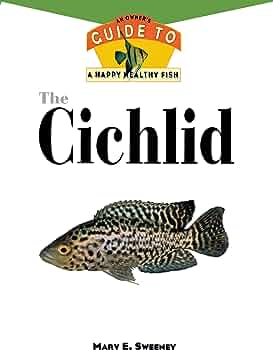
Common Feeding Mistakes
Overfeeding
Overfeeding is a common mistake that can have detrimental effects on your fish and the overall aquarium environment. Excess food that is not consumed can decompose and lead to poor water quality, causing various health issues for your fish. To avoid overfeeding, provide small portions that can be consumed within a few minutes. If you notice any uneaten food during feeding, remove it promptly to maintain a clean and healthy tank.
Underfeeding
Underfeeding can also be problematic, as it can result in malnutrition and stunted growth. It’s important to provide enough food to meet the nutritional needs of your fish. Observe their behavior and condition closely to ensure they are receiving adequate nutrition. If you notice any signs of weight loss, decreased activity, or fin deterioration, it may indicate that your fish are not receiving enough food. Adjust the feeding amount accordingly and monitor their progress.
Feeding Incompatible Foods
Certain fish species have specific dietary requirements or may be prone to allergies or digestive issues. Feeding them incompatible foods can lead to health complications and poor nutrition. It’s crucial to research the nutritional needs of your fish species and choose suitable food options. Avoid feeding herbivorous fish a diet high in proteins or carnivorous fish a predominantly plant-based diet. Providing a balanced and species-specific diet is essential for the overall health and well-being of your fish.
Using Expired or Low-Quality Food
Feeding your fish expired or low-quality food can have serious consequences on their health. Expired food may have lost its nutritional value or potentially be contaminated, posing a risk to your fish. Always check the expiration dates on fish food packaging and discard any expired products. Additionally, invest in high-quality fish food from reputable brands that prioritize the nutritional needs of fish. Your fish’s well-being depends on receiving a balanced and nutritious diet, so make sure to provide them with the best possible food options.
Feeding Aquarium Plants
Plant Nutritional Requirements
Aquarium plants play a vital role in maintaining a healthy and balanced aquatic ecosystem. They require specific nutrients to thrive, including macronutrients such as nitrogen, phosphorus, and potassium, as well as micronutrients like iron, magnesium, and calcium. These nutrients are typically provided through fertilizers, substrates, or water additives specifically formulated for aquarium plants. Understanding the nutritional requirements of your plants and providing them with appropriate supplements is crucial for their growth and vitality.
Feeding Fertilizers
Fertilizers are an essential component of plant care in aquariums. They provide the necessary nutrients that may not be readily available in the tank’s environment. Liquid fertilizers are commonly used, as they can be easily added to the water column or substrate. It’s important to choose fertilizers specifically formulated for aquarium use and follow the recommended dosage instructions. Regular testing of water parameters, such as nitrogen or phosphate levels, can help you determine if your plants are receiving adequate nutrition.
Balance with Fish Feeding
When feeding aquarium plants, it’s crucial to strike a balance between providing them with sufficient nutrients and avoiding excess nutrient levels that can promote algae growth and harm fish. Fish waste and uneaten food can serve as a source of nutrients for plants, so maintaining a regular cleaning and water change routine is important to prevent nutrient buildup. Additionally, monitor the growth and condition of both your plants and fish to ensure they coexist in a healthy and harmonious environment.

Feeding Techniques for Fry and Juvenile Fish
Feeding Frequency
Fry and juvenile fish have higher metabolic rates and grow rapidly, requiring more frequent feeding compared to adult fish. Depending on the species, they may need to be fed multiple times a day. Offer small, frequent feedings to accommodate their small stomach size and ensure they receive adequate nutrition for healthy growth. Monitor their behavior and adjust the feeding frequency accordingly, making sure not to overfeed or allow excess food to accumulate in the tank.
Food Size and Type
It’s important to provide fry and juvenile fish with appropriately sized food that they can easily consume. Infusoria or liquid fry food can be suitable for very young fry, as they are small enough to fit their tiny mouths. As they grow, you can introduce finely crushed flakes or pellets, gradually increasing the food size. It’s crucial to choose high-quality food that fulfills their nutritional needs and promotes healthy growth. Offer a varied diet to ensure they receive a well-rounded mix of nutrients.
Special Considerations for Growth
Fry and juvenile fish have specific nutritional requirements to support their rapid growth and development. They need a diet rich in proteins and essential nutrients to build strong muscles and bones. Consider using specialized fry foods or supplements formulated specifically for their needs. It’s important to also maintain excellent water quality, as growing fish are more susceptible to stress and diseases. Regular monitoring of their growth, behavior, and overall health is crucial to ensure they are thriving in their environment.
Feeding Adjustments for Seasonal Changes
Winter Feeding
As the temperature drops during winter, fish metabolism slows down, reducing their need for regular feeding. During colder months, you should decrease the feeding frequency and adjust the portions to match their reduced energy requirements. Fish may also become less active during winter, so it’s important to observe their behavior and adjust the feeding accordingly. Keep in mind that some coldwater fish, such as koi, may hibernate during winter, requiring little to no feeding until the water temperature increases.
Summer Feeding
Summer brings warmer temperatures and increased metabolic rates for fish. As a result, they require more frequent feedings to support their higher energy needs. It’s important to monitor the water quality closely during summer, as warmer water can lead to increased nutrient levels and potential algae blooms. Adjust the feeding frequency to accommodate your fish’s increased appetite while ensuring that you do not overfeed and contribute to water pollution. Consider offering small portions of food more frequently to promote healthy growth throughout the summer months.
Adjusting for Breeding Season
During the breeding season, fish have specific nutritional requirements to support reproductive activities and the development of eggs or fry. Some fish may exhibit increased appetites during this time, while others may eat less or become more finicky eaters. It’s important to observe their behavior closely and adjust the feeding frequency and portions to match their individual needs. Providing high-quality and protein-rich food options can help support successful spawning and healthy fry development.
In conclusion, understanding the feeding requirements of your fish and implementing proper feeding techniques is vital for their overall health and well-being. Consider the specific needs of your fish species, their feeding behaviors, and the nutritional requirements to provide a well-balanced and varied diet. Avoid common feeding mistakes such as overfeeding or using expired food, and strive to create a peaceful feeding environment for all fish to thrive. Regularly monitor their growth, behavior, and condition to make necessary adjustments and ensure a healthy and vibrant aquarium.

